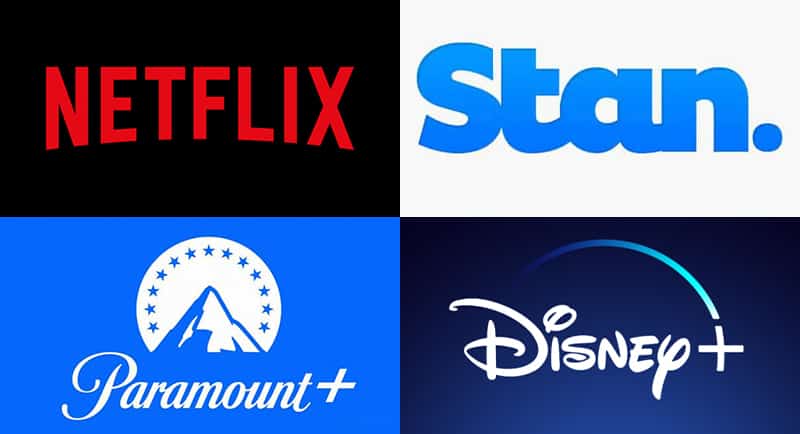One of the most anticipated reports into the SVOD world comes from Telsyte at the start of spring every year.
The 2024 edition of the Telsyte Australian Subscription Entertainment Study dropped on Monday. Mediaweek reported on the highlights of the study earlier in the week. Among other insights, the research tracks the growth of around 40 separate SVOD services in Australia.
Today Telsyte’s managing director and principal analyst Foad Fadaghi shares Mediaweek additional insights on the sector.
Streaming and profits
When it comes to the global players, any investment in content and platforms, is made on a global level and the Australian operation will benefit from that. What we see is a global investment cycle.
For the local players, obviously, it gets harder when there is greater competition with new entrants into market, but also new investments and new product offerings. Local players have always found it difficult competing against multinational global media organisations.

Too early to gauge impact of Hubbl
We haven’t also seen a sustained marketing campaign from Hubbl post-launch.
Hubbl has tied itself to a global technology platform, so they could benefit from maybe some of the developments there. That might be games or, interactive videos or, even things like courtside seats.
Is pausing a subscription on the increase?
There is more in and out activity from subscribers pausing the SVOD accounts.
That behaviour has also been rewarded by some of the publishers, given that they offer free periods or continued trials and other things to try and maintain that subscriber.
Where it’s going to get interesting is when it comes to services that attach themselves to an SVOD subscription, like the Amazon Prime delivery service attaches to Prime Video. We could see more of that activity to drive retention behaviour to stop that kind of in-and-out activity perhaps.
Are some platforms reaching a pricing peak?
There’s always an absolute limit. Our research showed that the propensity to pay higher amounts going forward is not really there. So while we did see a big price jump, it’s unlikely we’ll see a further big jump.
What you’re seeing is a focus on profitability coming from likes of Stan and others as well. The headline number of subscribers might not matter as much as revenue going forward for some of these services.

Telsyte’s Foad Fadaghi
How much will people pay?
[In the Report, Telsyte said the average budget people are prepared to pay for SVOD is $36 monthly.]
There is a two-speed economy when it comes to entertainment services.
There always has been because ad-supported or free content on the internet. But what we’re seeing is that you’ve got one part of the population, maybe in their own homes, a bit older, probably empty nesters that have seen wealth effects from their houses going up in value. Some of them have a history of paying $130 a month to Foxtel. So paying $100 to five SVOD services is not really a problem given the amount of content they get.
On the other hand, you’ve got maybe young families, low-income owners, that come from a background of maybe piracy or ad-supported content and they’re finding it tougher. They are looking to cut back on areas to make ends meet. There is a definite appearance of a two-speed consumption market.
Ad-supported tier is a win for consumers and the platforms
The conventional wisdom, particularly coming out of some of the yield figures that we get from Netflix and others, is that advertising is a potentially lucrative space for SVOD players to be in. It represents potentially more marginal revenue than even subscription revenue.
The ad rates for streaming video on demand have made it very attractive. It’s very likely we’ll Disney follow suit and others too when they realise that the behavioural data that’s captured is very valuable when it comes to targeting.
Could SVOD lose its appeal if it’s full of ads?
There needs to be more investment to ensure that the customer experience is maintained. There is some fear that the customer experience might deteriorate on some platforms which could lead to questions about value for money.
The industry is on notice, particularly as there’s not that kind of growth, natural growth ahead to backfill where people are leaving through dissatisfaction.
New players or consolidation?
We might see new players in the market. I don’t see why we wouldn’t see some of the US players that have got the capability and scale to launch cost effectively in Australia.
There could be some consolidation, but how that works is going to be difficult to see. Is it consolidation in catalogues or the back ends…what is it that’s actually consolidating?
There will likely be more reseller partnerships.
See also:
Telsyte SVOD report: Ad-supported tiers grow, Netflix still #1, Total subscriptions up 4% to 25.3m
